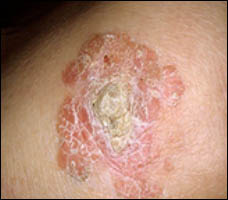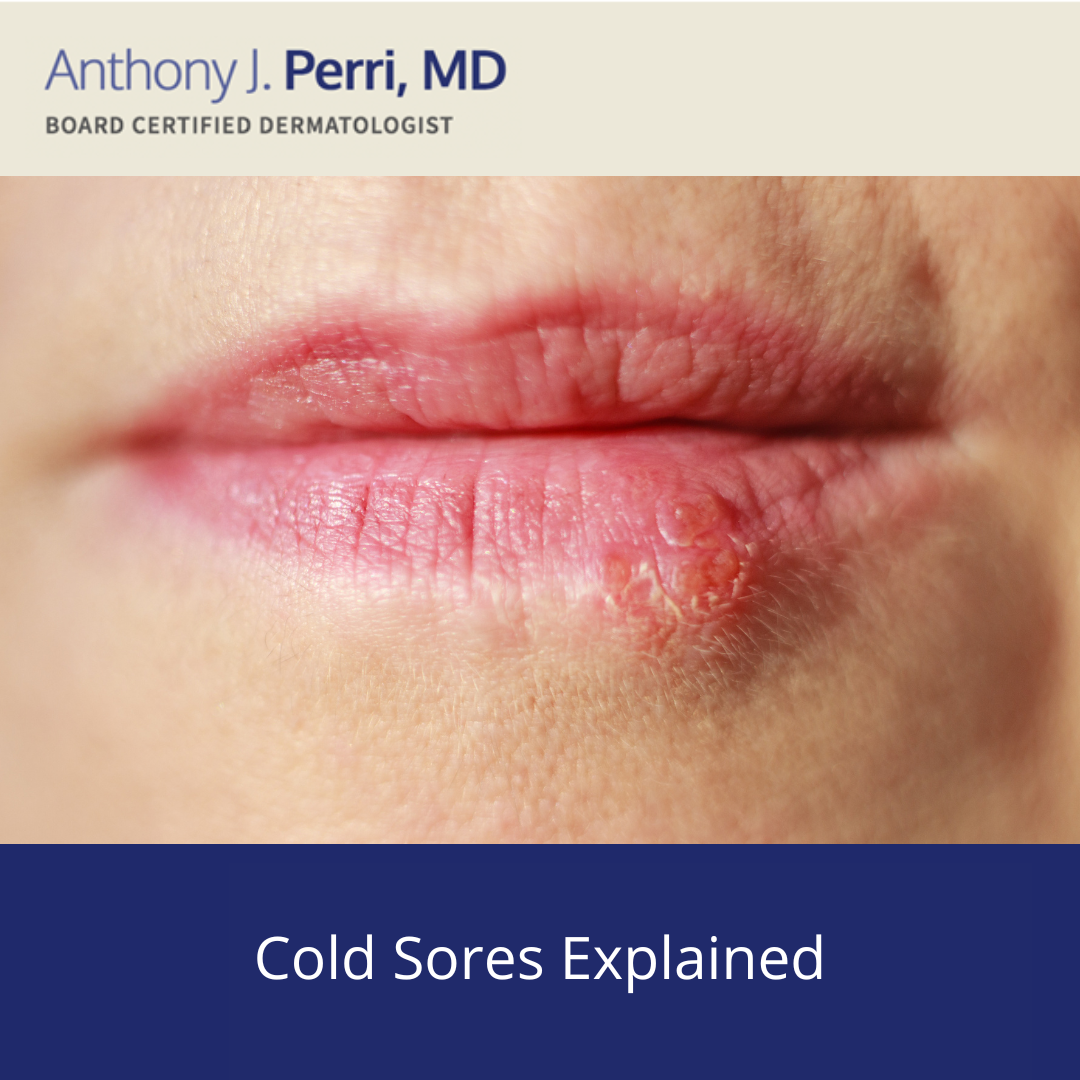Squamous Cell Cancer in Situ, also called Bowen’s disease, is one of the most common skin diseases I encounter in my The Woodlands dermatology and Conroe dermatology offices. Bowen’s disease occurs when the cancer cells are confined to the epidermis (top most layer of skin) and have not invaded into the dermis (second layer of skin). There is no chance of metastasis when a Squamous Cell Cancer is diagnosed and treated in the in situ stage. Bowen’s disease is most commonly caused by sun damage and UV exposure but high risk HPV types (16, 18, 31, and 35) have also been implicated. Clinically, Bowen’s disease is a scaly thick red plaque that can become very large and is most often found in sun exposed areas of the body. Bowen’s disease can even mimic the appearance of psoriasis. Squamous Cell Cancers that arise from Bowen’s disease are typically more aggressive than those that arise from actinic keratoses. Treatment of Bowen’s disease usually is surgical via wide excision or Mohs Micrographic Surgery. Electrodessication and Curettage can be used in smaller Bowen’s disease lesions. Aldara and Efudex cream are also alternative treatments for very large, surgically unresectable cancers.





